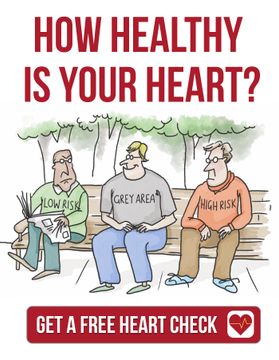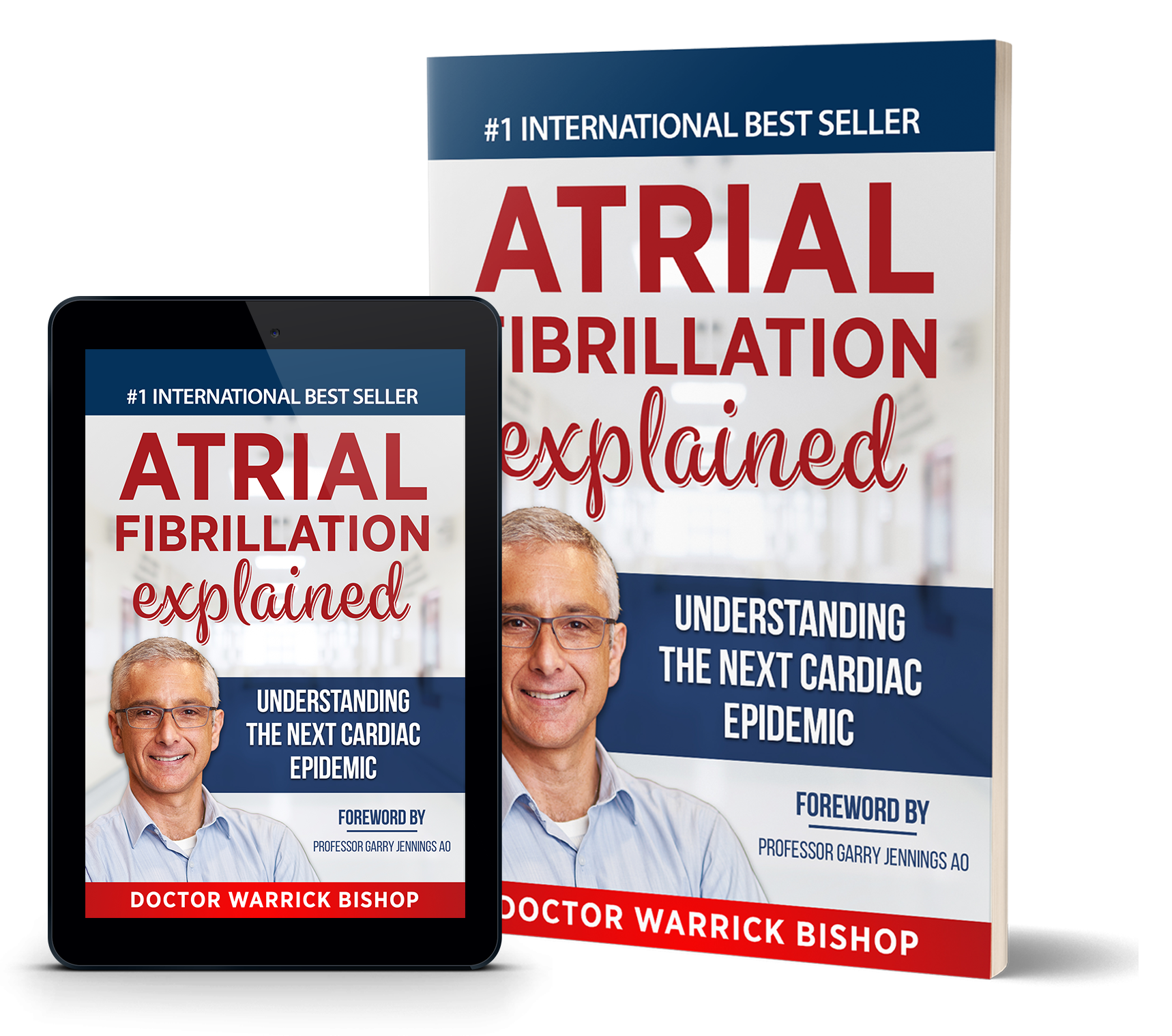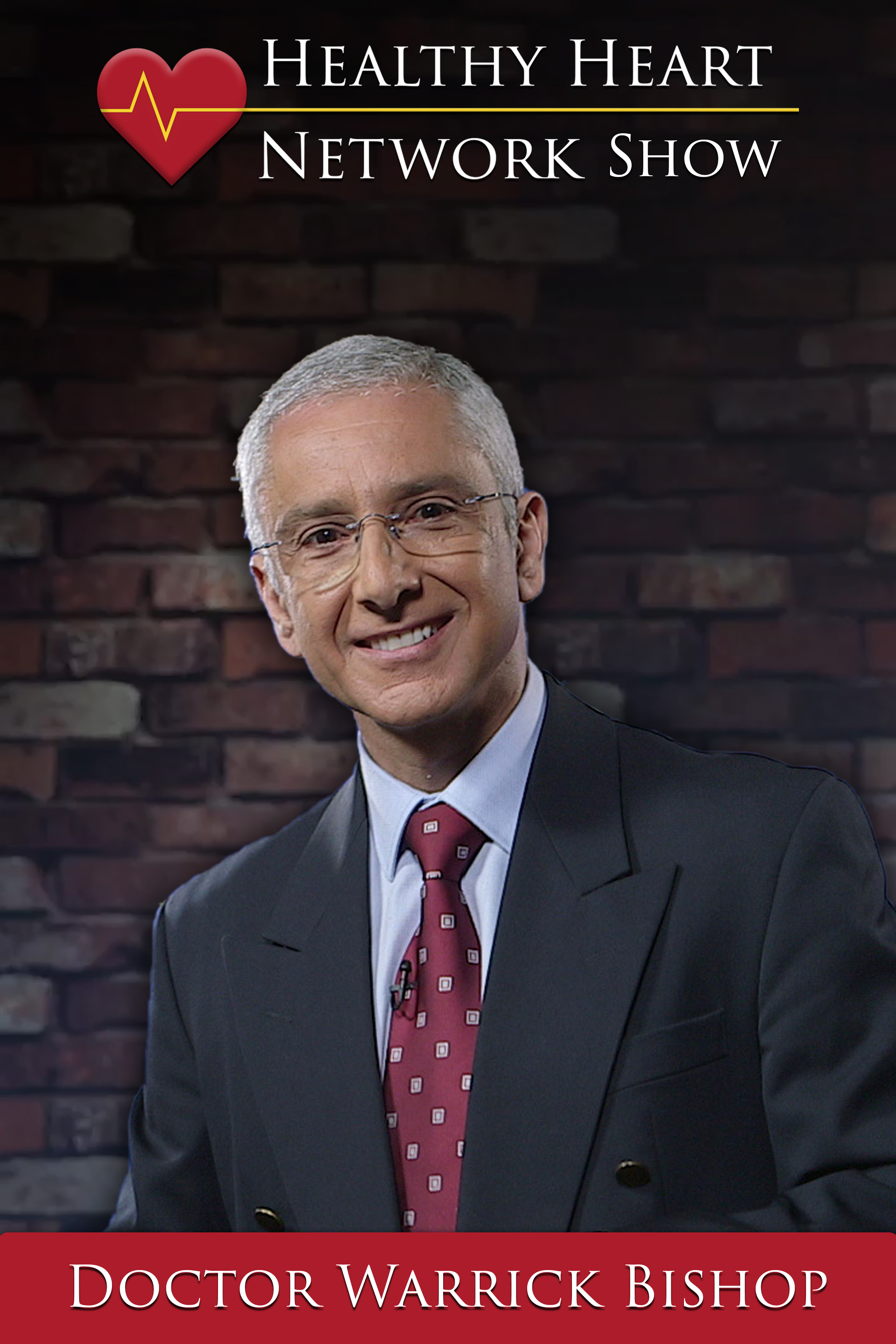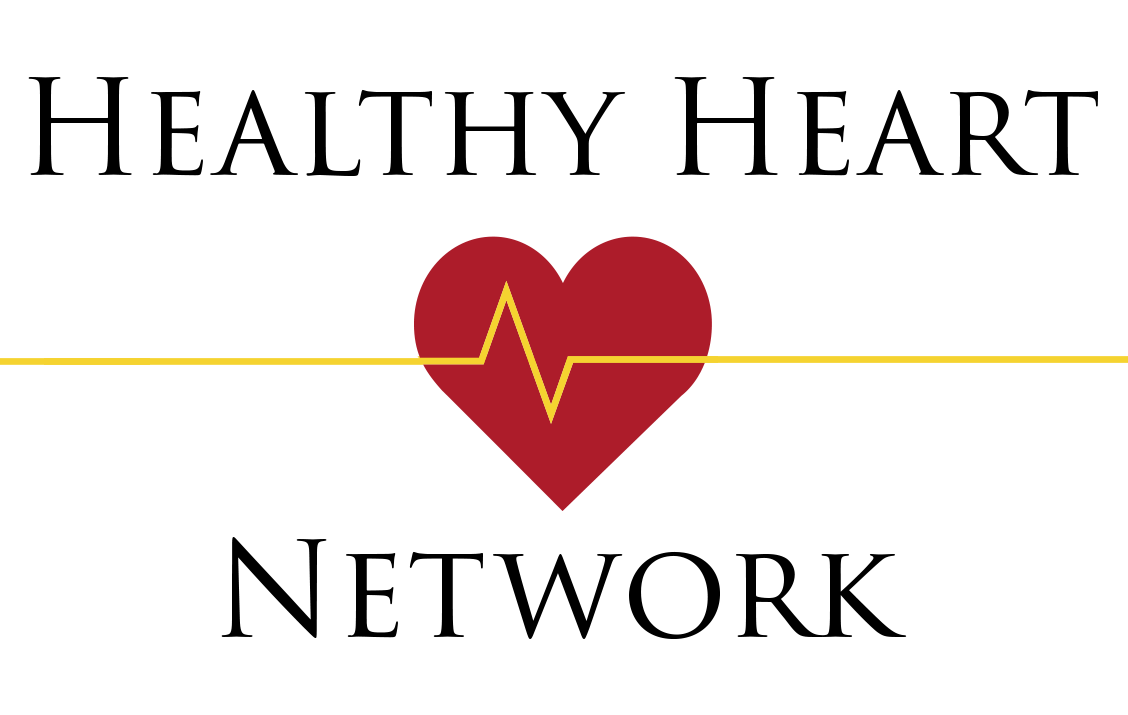JOIN OUR HEALTHY HEART MEMBERSHIP HERE: https://healthyheartnetwork.com/page/starter
Welcome to Doctor Warrick's Podcast Channel. Warrick is a practicing cardiologist and author with a passion for improving care by helping patients understand their heart health through education. Warrick believes educated patients get the best health care. Discover and understand the latest approaches and technology in heart care and how this might apply to you or someone you love.
Hi, my name is Doctor Warrick and I'd like to welcome you to my consulting room. Today, I'd like to talk about how we treat atrial fibrillation. I've spoken about atrial fibrillation previously, but as a quick reminder, atrial fibrillation is when there is a loss of the electrical synchronicity of the top chambers of the heart. The top chambers of the heart called atria. So atrial fibrillation means pertaining to the atria which are fibrillating. And fibrillating is simply another word for twitching or wiggling chaotically. And fibrillation is a chaotic, uncoordinated rhythm.
So, the atria move in a completely random, chaotic way. The consequence of that is that they don't work properly. They don't contract in the normal way that we see. The atria contract and then the ventricle in normal, what we call, sinus rhythm. In atrial fibrillation, the loss of synchronicity or the trembling and twitching of the atria mean that the chamber doesn't contract properly. The atria also send lots of electrical signal signals to the bottom chambers of the heart; to the ventricles. The ventricles are therefore bombarded by these chaotic signals and beat rapidly and irregularly; so fast, often, that the heart doesn't fill properly.
So, when we're treating atrial fibrillation, one of the first things we want to do is improve the pump function. There are a number of things we can do to improve the pump function. Firstly, and most obviously, we can try and return the patient to normal sinus rhythm. We can try and stop the atrial fibrillation and return to normal rhythm. Of course, we can do that. We can restore the synchronicity of the pump and the function of the pump. Sometimes we're unable to restore sinus rhythm, either immediately or down the line. If that's the case, then the next thing we would want to do is simply slow the atrial fibrillation so that that chaotic contraction at least slows down. And if it does, then the slower contraction allows for slower feeling and better functional capacity of the left ventricle and the right ventricle. So as we slow a heart that is in atrial fibrillation, we also improve the function of the pump. Not back to normal, but certainly enough to improve symptoms for a patient in the vast majority of people. Lastly, if we're dealing with pump function we want to make sure that some of the other issues that could be associated in the context of atrial fibrillation are being dealt with. Is the infection that could be there underlying, has that been dealt with? Is there anemia? Has that been dealt with? Is the thyroid function abnormal? Does the patient have cardiac failure?
So, we can restore normal rhythm. We can slow the rate response of atrial fibrillation, and we can also address some of the associated conditions occurring, all to try and improve pump function. The second thing we want to deal with in actual fibrillation is related to stroke. If the atrial chamber is not moving properly, then blood could pool within the atrial chamber it turns out that both the left and the right atrium have a small recess inside of them; a small corner if you like where blood can pool - and does pool. That area; that recess is called the appendage, and we see in the right atrium and in the left atrium. If blood pools particularly within the appendage in the left atrium and it pulls air for long enough a clot can form. And if a clot forms within the left atrial appendage, that clot can break off. It can then be drawn into the left ventricle. And it can be pumped around the body. With a 25 percent chance of it landing in the brain and giving rise to a stroke. This is a disaster. So we want to address risk of stroke.
So in atrial fibrillation, we're looking to thin the blood to reduce the likelihood of a clot forming within the atria and reduce the risk of stroke for that individual. When we look at risk of stroke, there is a spectrum. Some people can be very high risk and some much lower risk. The way that we address that risk is by looking at associated conditions that are recurring or associated features that are present with the atrial fibrillation. Cardiac failure is very important. Hypertension, age, diabetes, and previous stroke. This particular group of associations has such a strong correlation that it's given rise to what we call the CHATS score.
Standing for each of those features. C for cardiac failure. H for hypertension. A for age. D for diabetes. S for stroke. Previous stroke or systemic embolisation, which means a clot moving somewhere within the body. We can generate a CHATS score based on the degree of cardiac failure or other features and that score can help us predict the risk that patient may carry. We can refine that CHATS score a little bit and I will talk about that CHATS score in more detail in another session. But of course, as we're looking at the risk of reducing the likelihood of a stroke by thinning the blood, we also have to look at the risk that thinning the blood would carry in a patient.
For that, we have another score, which allows us to estimate or have some idea of the risk of bleeding that individual might be carrying by the use of an anticoagulant. And so, when it comes to risk of stroke we want to reduce the likelihood of a patient suffering from an embolance or a clot moving from the heart to the brain or another part of the body for that matter. But we have to weigh that up against the risk of that individual bleeding. Again, I'll cover that in more detail later.
At the end of the day, there are two main things we deal with when we find atrial fibrillation in a patient. The first is that we want to improve pump function as best as possible. We can restore sinus rhythm. We can control rate. And we can also deal with associated issues. The second thing when we're treating atrial fibrillation is that we want to reduce the risk of stroke. And we want to do that, understanding what risk that patient actually has and then balance that up against the risk of bleeding that person would have by being on anticoagulant therapy.
The message here is that one size does not fit all, but the principles are applicable to everyone and the role of the doctor treating the individual is to match up that person's needs with the best possible outcome. By the best management of getting the pump working as well as possible. And by the best management to reduce risk of stroke without adversely increasing the risk of bleeding to a degree that is unacceptable. I hope that makes some sense. Thank you for joining me. And as always, good health.
You have been listening to another podcast from Dr. Warrick. Visit his website at www.drwarrickbishop.com for the latest news on heart disease. If you love this podcast, feel free to leave us a review.
Check out my book at http://drwarrickbishop.com/books/









